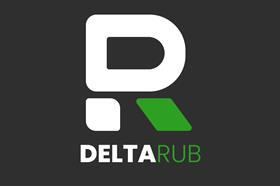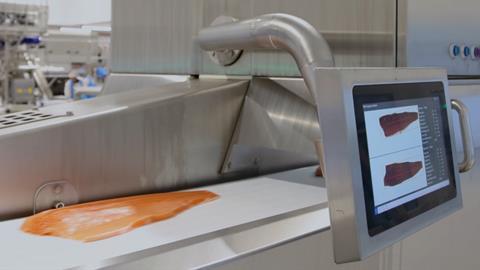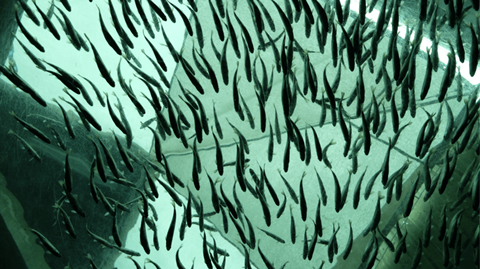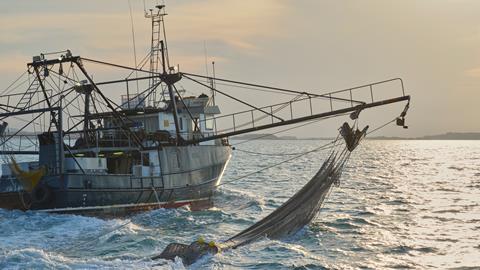During the 17th century, the Dogger, a British trawler named after the Dutch word for a fishing vessel that tows a net, was developed.

A concise overview of the past.
During the 17th century, the Dogger, a British trawler named after the Dutch word for a fishing vessel that tows a net, was developed. However, it was the fishermen of Brixham who recognized the need for a vessel that could fish further afield, leading to the creation of a sleeker, faster boat that could withstand deep waters and yield greater catches. This design proved immensely successful, sparking a migration of fishermen to Northern port communities for access to more abundant fishing grounds. By the mid-19th century, Hull, Yarmouth, and Scarborough were thriving, and Grimsby had become the world’s largest fishing port, marking one of the industry’s most significant booms.
Techniques for Trawling
Categorization of trawling as either midwater or bottom trawling hinges on the location of the trawl net’s deployment in the water.
Pelagic trawling is a technique that involves deploying trawls midwater to capture fish species like mackerel, tuna, shrimp, and anchovies that are commonly found in the benthic zone. The trawl nets used for this method are generally larger than those used for bottom trawling, and the openings in the mesh are significantly larger. Unlike bottom trawls, midwater trawls seldom require chaffing or ground gear.
When fishing vessels drag nets across the benthic and/or demersal zones, it’s known as bottom trawling. This fishing technique is used to catch groundfish and semi-pelagic creatures, including halibut, cod, and squid.
Trawl doors play a critical role in trawling, as they enable the nets to remain open by providing the necessary horizontal spread. These doors, resembling wings, are designed differently for various methods and come in varying sizes, serving as specialized equipment to enhance the efficiency of trawling.
Types of Trawlers
The Food and Agriculture Organization of the United Nations divides trawlers into different types based on the gear used and the fish they target, but these fall into one (or more) of the following categories:
Outrigger trawler
These boats use outriggers, called outriggers, that extend to the sides of the boat during operation. Usually attached to the base of the mast, the boom can be operated with single or twin otter trawls and deployed bow or stern. Outrigger trawlers with a midship working deck and stern rig are the more common transom trawlers. These boats have a bow superstructure and a working deck at the stern, usually used for shrimping, and a pulling winch at the bottom of the bow rig for feeding the drum on a top hat rail to the bollard.
Trawler/purse seiner
Some vessels are adapted so they can use both trawling and purse seining depending on the waters they are fishing and the target species. Able to convert quite quickly these vessels are largely classified as trawlers instead of purse seiners.
Beam trawlers
A fishing trawler is an outrigger with reinforced outriggers on each side of the boat. The warp runs through the blocks at each end of the boom to make it easier to store gear when not in use. Beam trawlers are used for flounder in the North Sea and are usually very powerful vessels, capable of towing at speeds of up to 8 knots, although their maximum engine power is usually limited to 2000 hp. This is for safety reasons and together with the safety release system and winch brakes can help prevent the vessel from capsizing if the trawl becomes trapped on the seabed.
Stern trawlers
As the name implies, a stern trawler uses a trawl that is launched and towed from the stern of the boat. The structure of the rigs can be operated independently or in pairs and is forward facing with a working deck at the stern. Larger boats are built with ramps.
Side trawler
Unlike tail trawlers, side trawlers deploy the trawl from the side using a bracket suspended from two gallows. Until the mid-20th century, most trawlers were side trawlers, but these were gradually replaced by stern boats. The most common setup is toward the stern, with the fish held in the boat by a winch in front of the rig.
Pair of trawler
Trawlers that pull a single trawl in pair formation are called pair trawlers. Instead of using trawl panels to separate the trawl, the rig deploys the trawl horizontally between vessels by maintaining regular spacing. They can operate bottom or midship trawls and use bow or midship superstructures with aft working decks.
Wet trawler
Trawlers used to sort catches fresh with ice and cold water. Wet trawlers spend less time at sea to ensure the catch returns to shore in optimal condition.
Freezer trawlers
Most modern day trawlers are freezer types and maintain the condition of the fish by freezing them. This allows the vessel to fish for longer periods.
Find the right materials for your vessel
At Deltarub, we offer a variety of products of all types of fishing vessels. Have a look at our products page or request personal advice from our sales department













